Menu
Tree pruning and trimming are vital for maintaining a healthy and aesthetically appealing yard. Proper tree care ensures robust growth, a sturdy structure, and a beautiful shape. However, improper pruning can cause serious issues such as pest infestations, diseases, weakened limbs, and even tree removal emergencies. To protect your trees’ well-being, Driscoll Tree Services can recommend suitable pruning techniques. Consulting certified arborists can help you distinguish good pruning techniques from bad ones. Here are some common pruning mistakes to avoid.
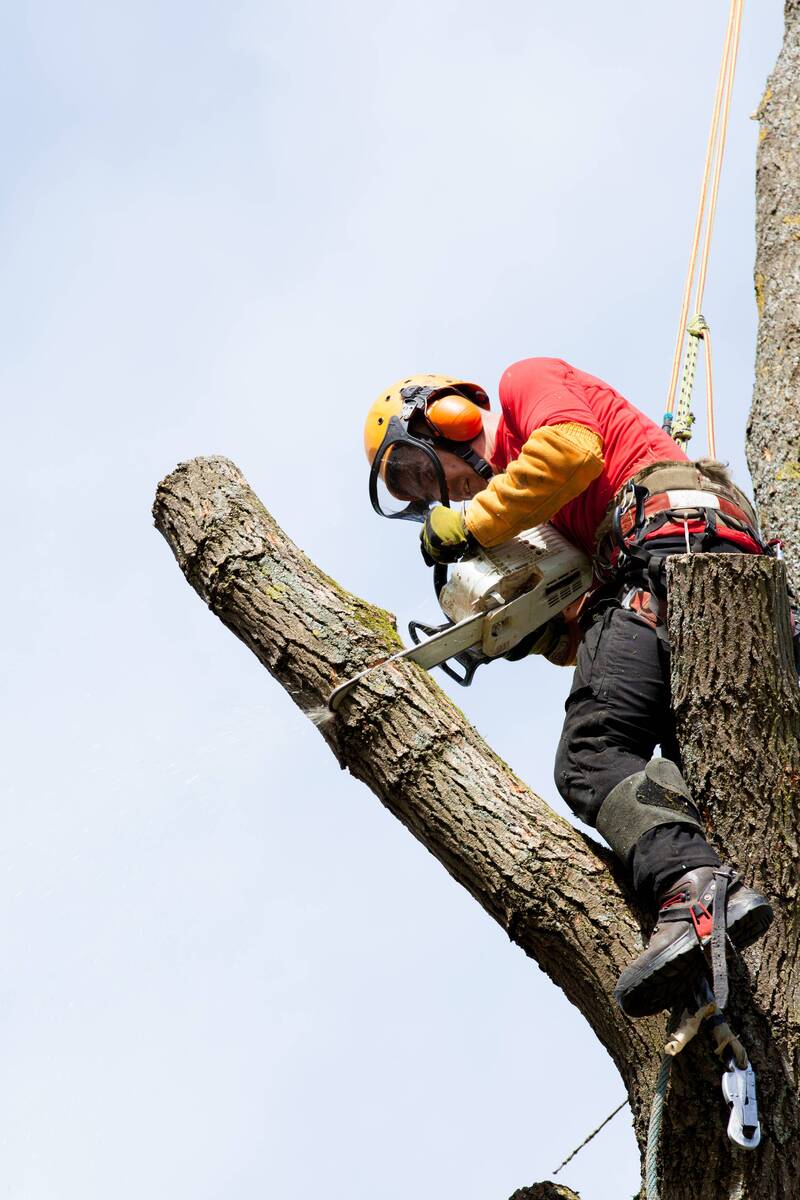
Topping is one of the most harmful pruning practices. It involves cutting back large branches to stubs or lateral branches that are not large enough. Topping can cause significant stress to the tree, leading to weak and unhealthy fresh growth. This practice often results in an unnatural appearance and a weakened structure, making it more susceptible to pests, diseases, and storm damage. The best way to avoid such scenarios is to hire a tree service expert to assess and prune your trees regularly.
Lion-tailing entails removing interior branches, leaving only the foliage at the ends. This practice creates a lion tail-like effect, which is unsightly and harmful to the tree. By removing the inner branches, lion-tailing reduces the ability to produce food through photosynthesis. It also makes the remaining branches more prone to breakage because of wind stress, as they are not supported by the removed inner growth. You can avoid these harmful effects by hiring a professional tree care company to conduct routine inspections and maintenance services.
Also referred to as excessive pruning, it involves removing too much foliage at one time. Trees rely on their leaves for photosynthesis, the process by which they produce energy. Removing too many leaves can starve the tree, weakening its overall health. Over-pruning can also cause sunscald, which is the sudden exposure of shaded bark to direct sunlight. While the damage might not be apparent initially, delaying care can lead to severe damage and premature tree removal emergencies.
Another bad pruning example is flush cutting. This practice involves cutting a branch flush with the trunk or a larger branch, rather than leaving a proper collar. Since the natural protective barrier of the branch collar is removed, it makes the tree more vulnerable to decay and disease. It is advisable to work with a professional tree care company to ensure proper pruning techniques that allow the tree to heal naturally and prevent pathogens from entering.

Lastly, timing is crucial to tree pruning. Pruning at the wrong time of year can cause stress to the tree and leave it vulnerable to infections and infestations. If you prune in late fall or winter, you can prevent the tree from healing properly, as it is in its dormant phase. Also, pruning during the growing season can disrupt the tree’s growth cycle. It’s best to consult tree service professionals to determine the optimal time for pruning your specific tree species.
Proper tree pruning is essential for maintaining the health and beauty of your trees. Avoiding bad pruning practices to ensure your trees thrive. Contact us at the Driscoll Tree Service and schedule a consultation with our arborists to access valuable guidance on the best pruning techniques for your trees. We ensure they remain strong, healthy, and visually appealing for years to come.
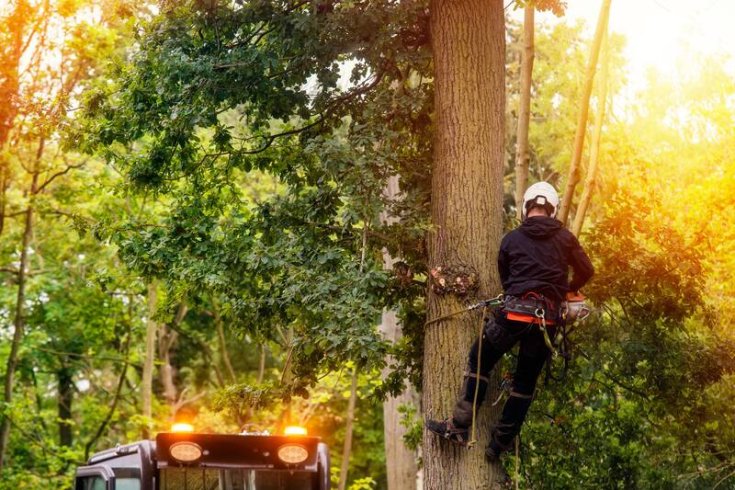
What Can Go Wrong With Untrained Tree Removal If you’ve ever stood in your yard and looked up at a big and diseased or aging tree, then you know the mix of feelings it can stir. On one hand, that…
Read More
Why My Trees Look Bad Trees are alive and need regular care. Like most living things, they can get injuries or diseases. While it is not always easy to identify signs of infection or infestation in trees, you may have…
Read More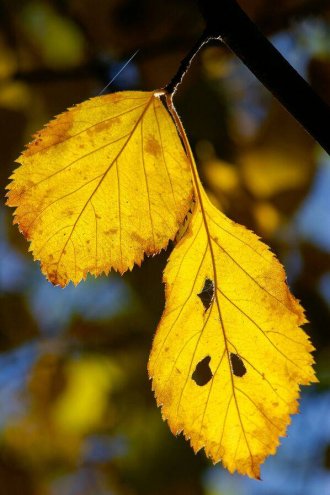
Yellow Leaves in Summer The sight of trees adorned with vibrant shades of red, orange, and yellow during fall is a natural spectacle that always captivates. However, when those same trees display yellow leaves in the summer, it may be…
Read More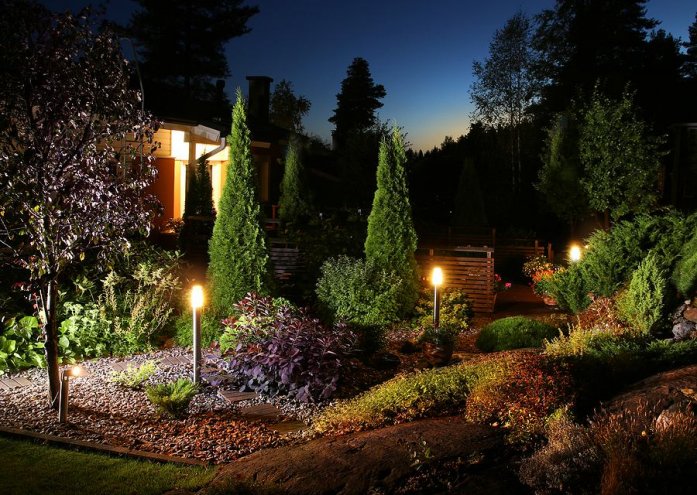
How to Keep Your Trees Healthy Keeping trees healthy is not just essential for the aesthetics and safety of your landscape but also improves the quality of the environment. However, like other living things, trees need routine care and maintenance…
Read More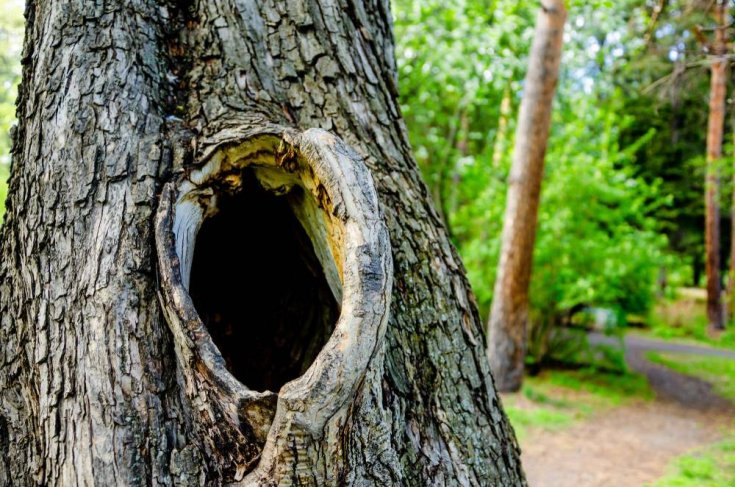
Are Holes in Trees Dangerous? Trees are magnificent entities that play a vital role in our environment. Despite the many benefits, from offering shade beauty to oxygen, many trees develop holes, causing concerns about their health and safety. If you…
Read More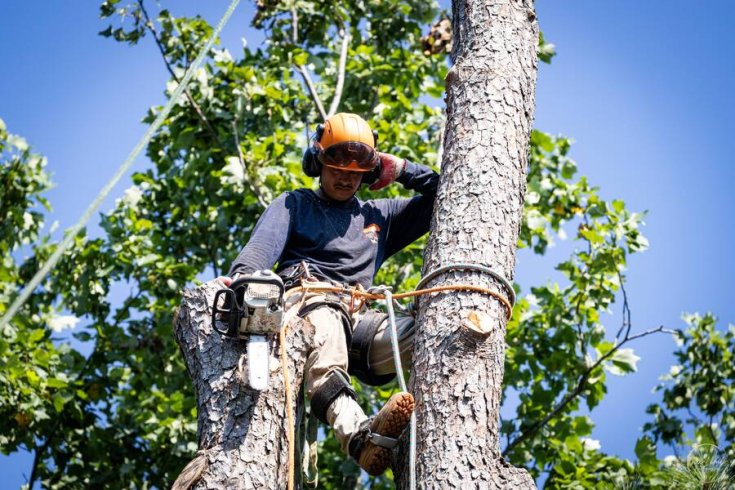
Common Mistakes to Avoid When Trimming Trees and Bushes Trees and bushes are more than just “greenery” - they’re living features that shape the personality, health, and curb appeal of your lot. Regular trimming keeps them healthy, well-shaped, and safe.…
Read More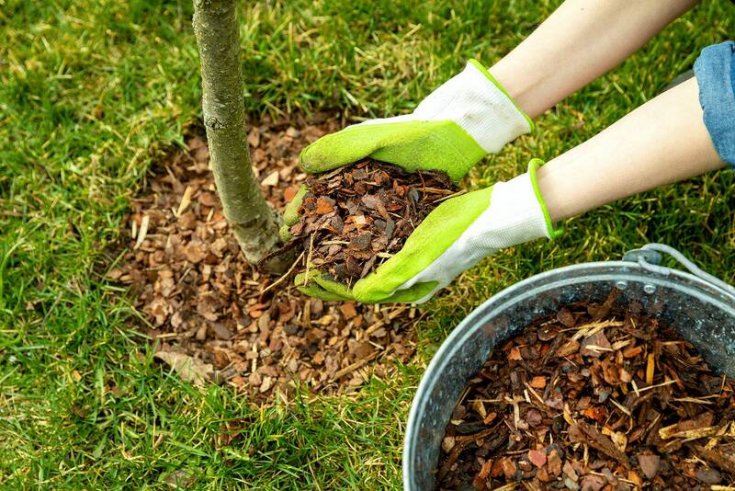
The Importance of Mulching Newly Planted Trees Regarding landscaping and gardening, the intricacies of nurturing nature’s wonders are both an art and a science. One crucial aspect that often goes unnoticed but is paramount is mulching newly planted trees. Mulch,…
Read More
Why Leaves Change Color in the Fall As fall nears, property owners need to understand why leaves change color. Chlorophyll, a green pigment found in algae, plants, and cyanobacteria, plays an essential role in photosynthesis, allowing plants to absorb energy…
Read More
Are There Dangers in Cutting Tree Roots? Trees are more than towering entities in our landscapes; they are essential to our ecosystem, providing shade, oxygen, and aesthetic beauty. However, the decision to cut tree roots, whether driven by the need…
Read More
Summer is winding down, the days are getting shorter, and the air will be crisp and the leaves will start falling before you know it. For tree owners, that means it’s time to think ahead. Fall is one of the…
Read More